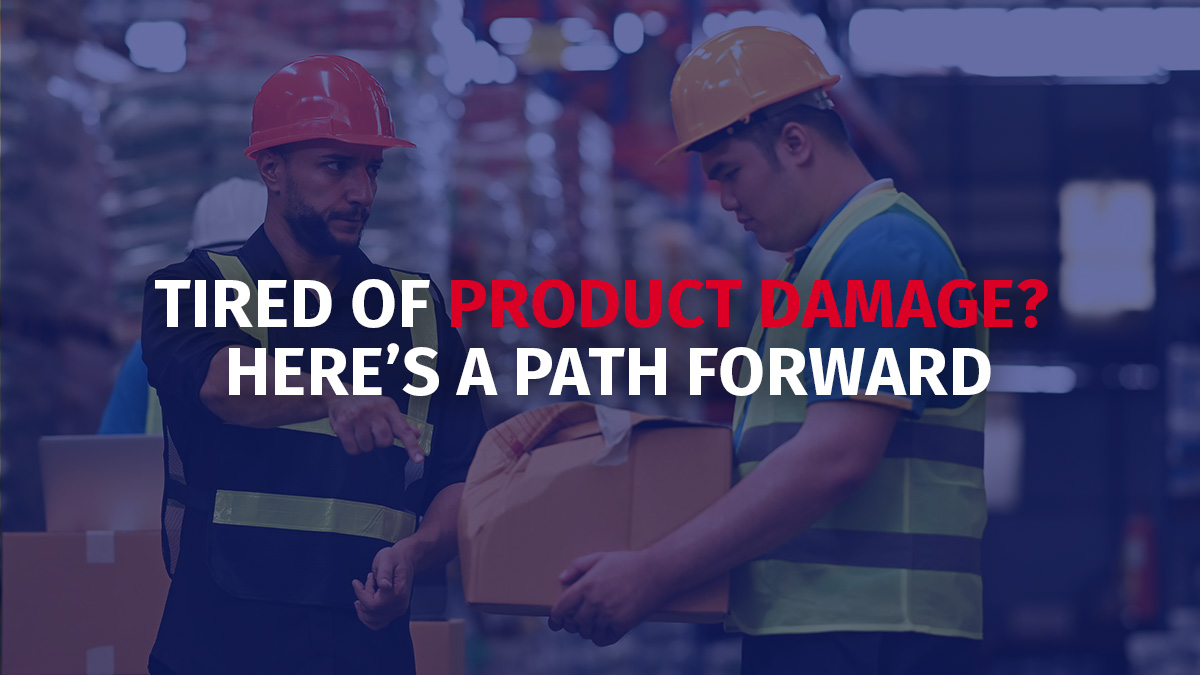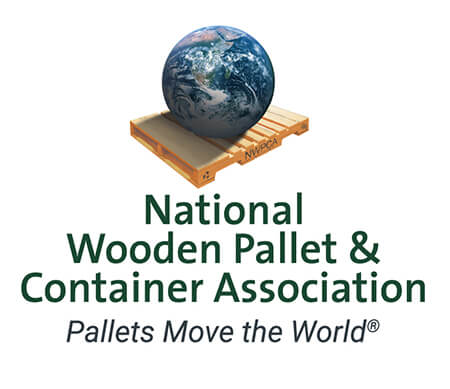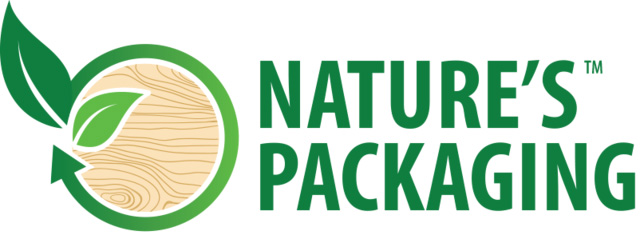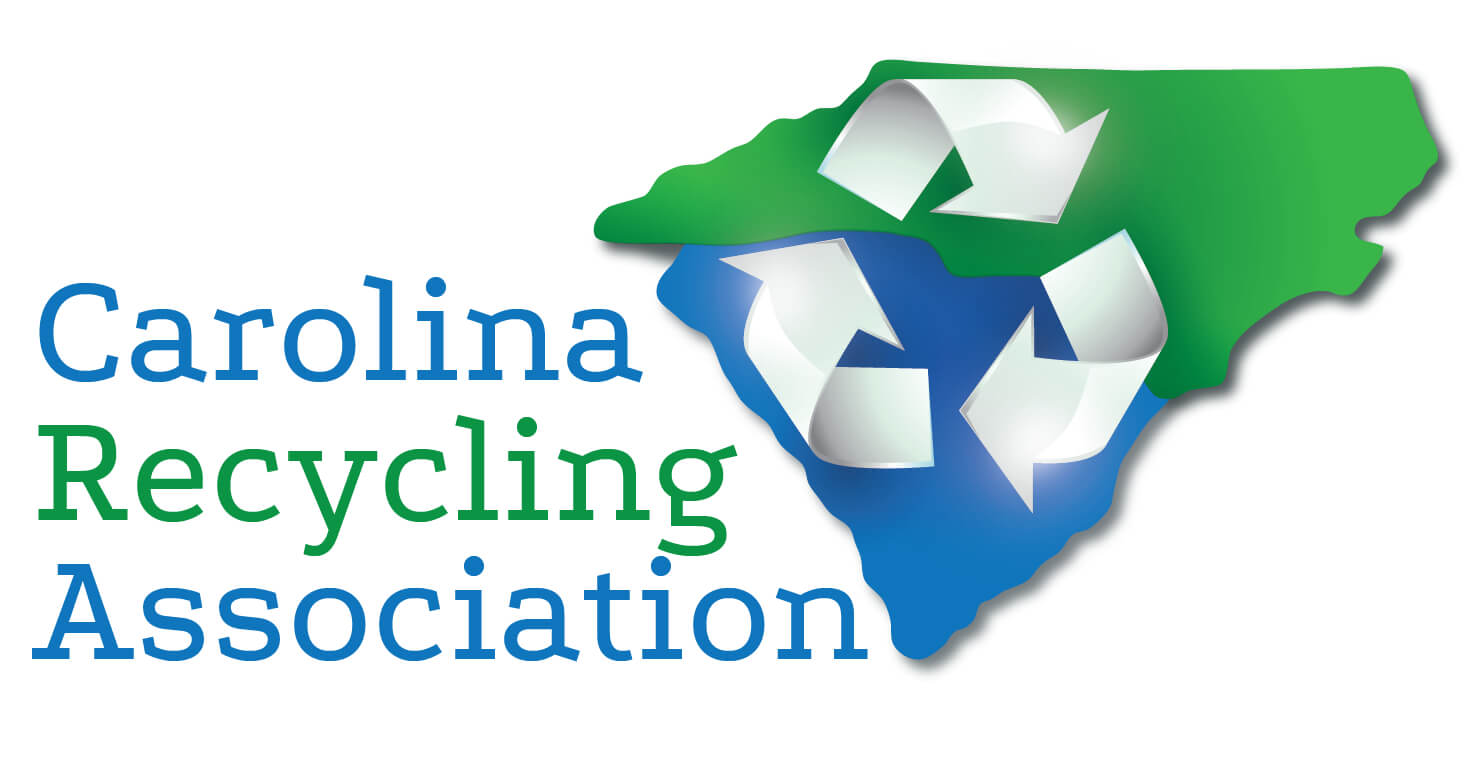Have you gotten used to accepting product damage as a cost of doing business in your supply chain? It shouldn’t be! Unsaleable products hit you square on the bottom line and also result in shorted stocks, lost sales, disappointed customers, and costly reverse logistics to remove the flawed merchandise. Ultimately, frequent damage can tarnish your reputation.
Pinpointing Damage Hotspots in the Supply Chain
To put things in perspective, the causes of product damage in the supply chain are numerous. They run the gauntlet from the manufacturing plant to transportation, storage, order picking, and retail. Each touchpoint presents an opportunity for mishaps—be it a case of 18oz cans of corn or the latest electronic gadget. However, supply chain professionals can significantly mitigate these risks by understanding when, where, and how damage occurs and taking proactive steps, including the adoption of unit load design methodology.
The Pallet Problem: A Common Culprit
A significant yet often overlooked source of product damage is related to pallet specification and condition. Pallets that are not adequately stiff can result in excessive vibration or stress to packaging and products. Pallets in disrepair, with protruding nails or broken boards, can puncture or scrape products. Overhang –when the product extends beyond the pallet’s edge– can lead to compression damage or make the load more susceptible to impacts. Gaps between deck boards can also cause transport packaging to warp or collapse under their own weight or when stacked.
Embracing a Unit Load Design Methodology
To combat these issues, supply chain professionals are turning to a unit load design methodology. This approach, pioneered by Dr. Marshall S. (Mark) White, involves designing the entire unit load, considering the interaction between the packaging, the pallet, stabilizers such as pallet wrap, and the pallet handling equipment. It’s not just about ensuring that the product fits on the pallet but also about understanding the stresses the load will encounter during handling, storage and transit, and tailoring the packaging and pallet design to withstand these challenges.
Proactive Steps to Eliminate Damage
Damage rates can reduced. Based on the discussion above, here are some practical steps toward eliminating product damage:
Conduct a Thorough Damage Audit: Employ Root Cause Analysis (RCA) to track when, where, and how damage occurs in the supply chain to pinpoint problem areas that require attention. This would involve examining every stage, from receiving raw materials to the final delivery of products to customers. By identifying patterns and common points of damage, we can target our interventions more effectively. Consider that an extended supply chain could require a collaborative team involving multiple supply chain stakeholders.
Emphasize Employee Training and Supervision: If damage is identified as being due to employee error, whether related to loading, unloading, pallet building, wrapping, or other activity, retraining and follow-up supervision, including ongoing monitoring, will be dictated.
Be Mindful of Environmental Control: Corrugate strength is reduced by 71 percent at 95 percent humidity compared to its strength at 50 percent humidity. Extended storage in high humidity conditions can make goods more susceptible to damage. Controlling the environment in warehouses and during transit can protect against temperature and humidity-related issues. This might involve climate-controlled storage or the use of desiccants.
Ensure your Pallet Specification Makes Sense: If it has been several years since you have had a pallet specification review, consider seeking an expert opinion. Full-service providers like PalletOne can evaluate your pallet using sophisticated pallet and unit load design software to confirm its efficacy.
Emphasize Pallet Inspection and Management: Implementing stricter inbound pallet inspection protocols can eliminate the induction of damaged or non-conforming pallets into your operation, which can result in the problems discussed above.
Undertake a Unit Load Evaluation: Operating in isolation, it is impossible for packaging and pallet designers to deliver an optimal solution because each designer must create a solution within the constraints imposed by the other. For example, if a flimsier pallet is specified, then a heavier corrugated board may be required for the packaging to protect the product. By looking at packaging and pallet design holistically, it is possible to reduce overall packaging spend and product damage concurrently.
In conclusion, product damage within the supply chain need not be inevitable. Supply chain professionals can reduce damaged goods by fostering a culture of collaborative investigation, embracing holistic unit load design principles, maintaining stringent management practices, and prioritizing comprehensive training. Such proactive measures promise to cultivate greater customer satisfaction while improving bottom-line performance. If you are having product damage problems, consider a consultation with PalletOne. We are here to help.












